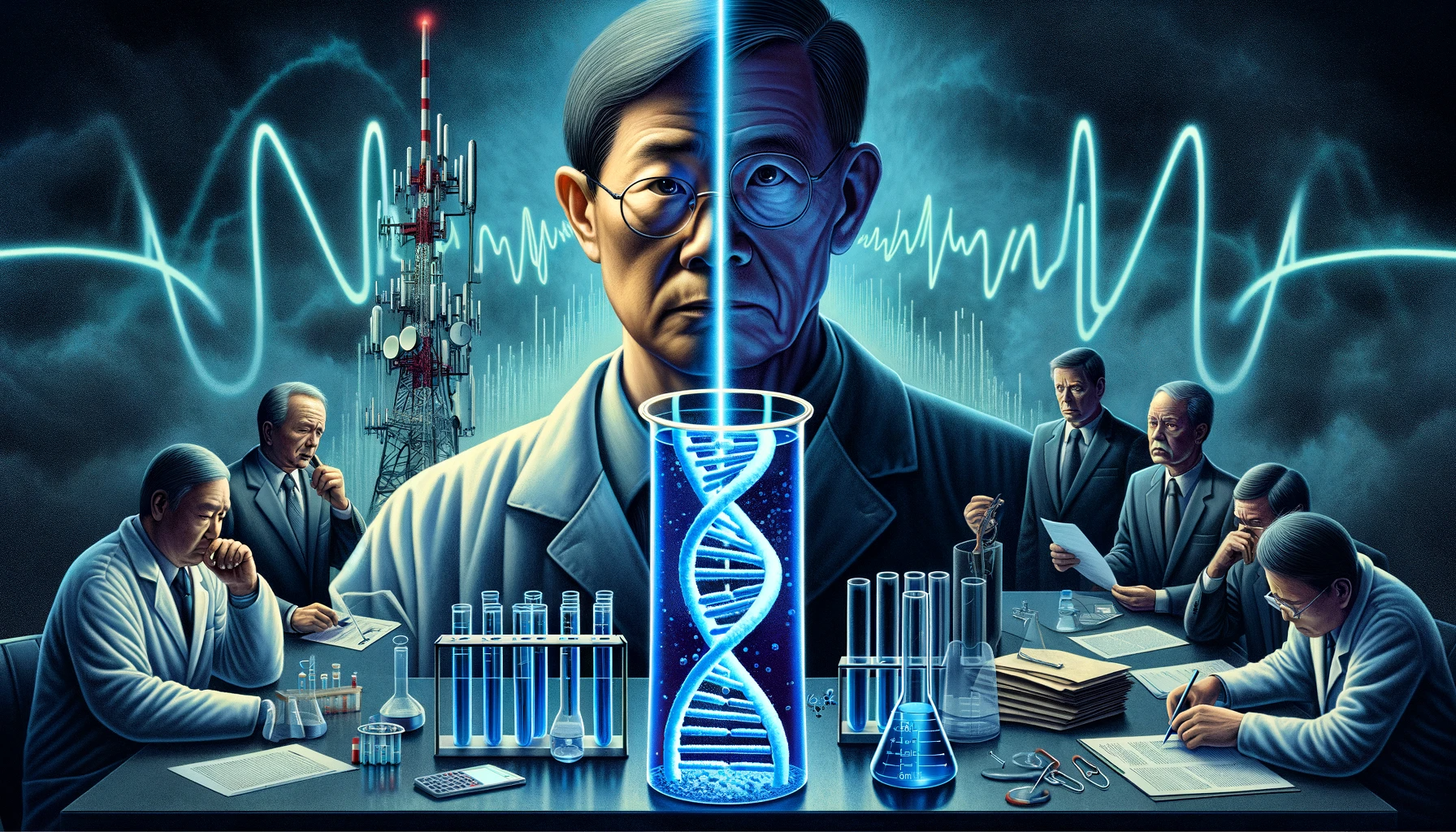A Glimpse into the Cell Phone Industry’s Tactics
Uncovering the “Wargame” Memo:
WARGAMING THE SCIENCE
When first reports that cell phone radiation could damage DNA emerged from the laboratory of Henry Lai and N.P. Singh in the 90’s, a memo written by Motorola to their media advisors in 1994 announced the clear strategy that remains alive and well: war-game the science.
Motorola wrote its PR company Burson-Marstelleron on the tactics they used to discredit the researchers, minimize the findings and calm the public. The leaked Motorola memo states “I think we have sufficiently war-gamed the Lai-Singh issue…”
Introduction
In the realm of scientific research on the health impacts of cell phones, a significant revelation has surfaced. A leaked internal memo, known as the “Wargame” memo, from Motorola to their PR firm Burson-Marsteller, unveils a concerted effort to discredit and manipulate scientific findings related to cell phone radiation. This memo has profound implications for our understanding of the potential health risks of cell phones and the industry’s response to such risks. ”
Dr. Henry Lai’s Pioneering Research
Dr. Henry Lai of the University of Washington made headlines with his groundbreaking study in 1995, which found DNA and memory damage in rats exposed to electromagnetic radiation (EMR) from radar equipment. This research inadvertently set him on a collision course with the cell phone industry, leading to the infamous “Wargame” memo.
The “Wargame” Memo: A Strategic Playbook
The memo, dating back to 1994, outlines a strategy to undermine Dr. Lai’s research and any subsequent studies linking cell phone radiation to DNA damage. The industry’s tactics included:
- Discrediting the Research: Efforts to question the validity and importance of Dr. Lai’s findings.
- Hindering Replication: Preventing other scientists from replicating the study, thereby casting doubt on its reliability.
- Media Manipulation: Convincing the media and public that the study’s results were inconsequential and speculative until replicated and interpreted.
- Downplaying Cancer Links: Asserting that even if DNA damage was confirmed, there was no direct evidence of increased cancer rates.
Impact on Scientific Community
The memo’s leak exposed the cell phone industry’s aggressive approach to controlling the narrative around cell phone radiation and its health effects. It revealed how industry influence could potentially stifle important scientific findings, especially those that might lead to public concern or regulatory action.
Devra Davis: Exposing Industry Practices
Devra Davis, a former senior White House health adviser and renowned epidemiologist, echoed these concerns. She highlighted that the cell phone industry knowingly exposes users to potentially harmful electromagnetic radiation. With billions of cell phone users worldwide, this issue affects nearly everyone.
The Continued Debate on Cell Phone Safety
Despite these revelations, the debate over cell phone radiation and cancer continues. While the “Wargame” memo provides a glimpse into the industry’s tactics, it also underscores the need for independent, unbiased research and transparent communication with the public.
Conclusion: Vigilance and Transparency
The “Wargame” memo is a stark reminder of the challenges faced in the pursuit of unbiased scientific truth, especially when it conflicts with powerful industry interests. It highlights the importance of vigilance and transparency in scientific research and communication. As consumers, it is crucial to stay informed and critically evaluate the information presented, particularly when it pertains to our health and well-being.








